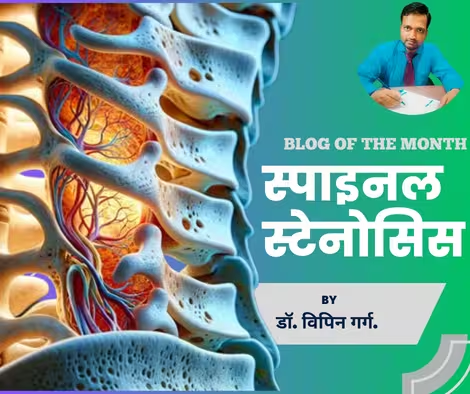Lumbar Spinal Stenosis Symptoms: Lumbar spinal stenosis is a common condition, particularly in older adults, characterized by the narrowing of the spinal canal in the lower back. This narrowing can compress the spinal cord and nerves, leading to pain, discomfort, and various other symptoms. Understanding the symptoms and exploring conservative treatment methods can help manage the condition effectively and improve the quality of life for those affected. This blog will delve into the details of lumbar spinal stenosis and provide insights from Dr. Vipin Garg and the KLM Group. We can see more details about “Lumbar Spinal Stenosis Symptoms” in this blog.
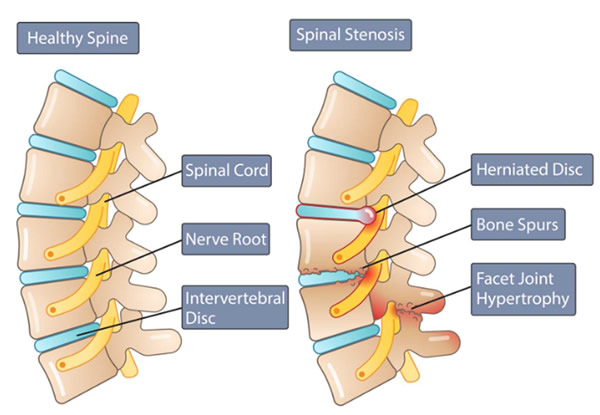
Understanding Lumbar Spinal Stenosis
What is Lumbar Spinal Stenosis?
Lumbar spinal stenosis occurs when the spinal canal in the lower back becomes narrowed, reducing the space available for the spinal cord and nerves. This can lead to compression of these structures, causing pain and other symptoms. The condition is often caused by age-related changes in the spine, such as the thickening of ligaments, bone spurs, or degenerative disc disease. We can see some details about “Lumbar Spinal Stenosis Symptoms” in this blog.

Causes of Lumbar Spinal Stenosis
Several factors can contribute to the development of lumbar spinal stenosis, including:
- Degenerative Changes: Age-related wear and tear on the spine can lead to the thickening of ligaments, formation of bone spurs, and degeneration of intervertebral discs, all of which can narrow the spinal canal.
- Herniated Discs: When a spinal disc herniates, it can protrude into the spinal canal and compress the nerves.
- Spinal Injuries: Trauma or injuries to the spine can cause swelling and inflammation, narrowing the spinal canal.
- Congenital Conditions: Some individuals are born with a naturally narrow spinal canal, which can predispose them to spinal stenosis.
- Arthritis: Osteoarthritis and rheumatoid arthritis can lead to the development of bone spurs and thickening of ligaments, contributing to spinal stenosis.
Symptoms of Lumbar Spinal Stenosis
The symptoms of lumbar spinal stenosis can vary depending on the severity of the condition and the specific nerves affected. Common symptoms include:
1. Lower Back Pain
Chronic pain in the lower back is a common symptom of lumbar spinal stenosis. This pain may worsen with prolonged standing or walking and may be relieved by sitting or bending forward.
2. Leg Pain and Numbness
Compression of the spinal nerves can cause pain, numbness, or tingling sensations that radiate from the lower back down to the legs. This is often referred to as sciatica.
3. Weakness in the Legs
Muscle weakness in the legs can occur due to nerve compression, making it difficult to walk or perform daily activities. We can find some details about “Lumbar Spinal Stenosis Symptoms” in this blog.
4. Difficulty Walking
Individuals with lumbar spinal stenosis may experience difficulty walking, often described as a “heavy” or “tired” feeling in the legs. This can lead to a condition known as neurogenic claudication, where walking becomes increasingly painful and difficult.
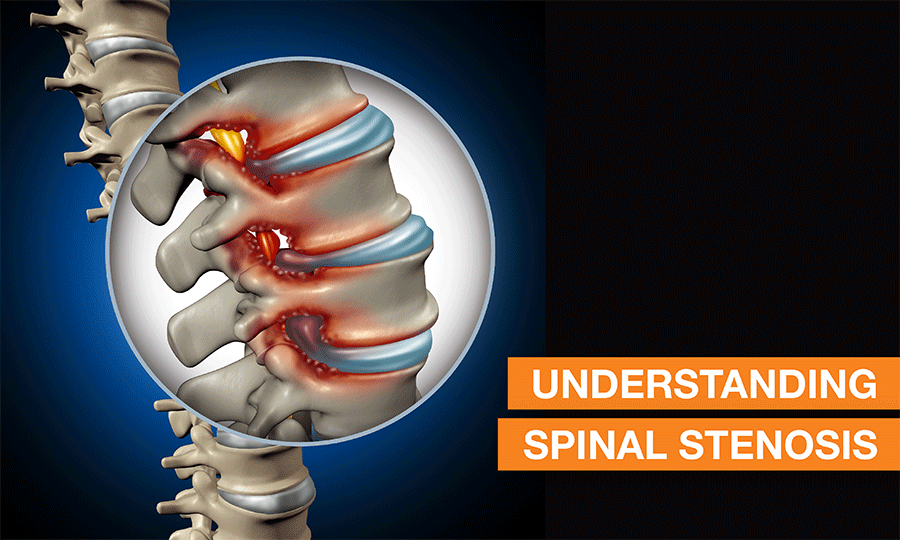
5. Loss of Balance
Balance issues and difficulty with coordination can occur due to the impaired function of the spinal nerves.
6. Bladder or Bowel Dysfunction
In severe cases, lumbar spinal stenosis can affect the nerves that control the bladder and bowel, leading to incontinence or difficulty with urination and bowel movements.
Conservative Treatment Methods for Lumbar Spinal Stenosis
While surgical intervention may be necessary in severe cases, many individuals with lumbar spinal stenosis can manage their symptoms effectively through conservative treatment methods. These non-surgical approaches focus on relieving pain, improving mobility, and enhancing overall quality of life. Here are some commonly recommended conservative treatments:

1. Physical Therapy
Physical therapy is a cornerstone of conservative treatment for lumbar spinal stenosis. A trained physical therapist can design a personalized exercise program to strengthen the muscles supporting the spine, improve flexibility, and enhance overall mobility. Specific exercises may include:
- Stretching: Stretching exercises can help improve flexibility and reduce muscle tension in the lower back and legs.
- Strengthening: Strengthening exercises target the core, back, and leg muscles to provide better support for the spine.
- Aerobic Exercise: Low-impact aerobic activities, such as walking or swimming, can improve cardiovascular health and overall endurance without placing excessive strain on the spine.
2. Medications
Various medications can help manage the pain and inflammation associated with lumbar spinal stenosis. Commonly prescribed medications include:
- Nonsteroidal Anti-Inflammatory Drugs (NSAIDs): NSAIDs, such as ibuprofen and naproxen, can reduce pain and inflammation.
- Analgesics: Over-the-counter pain relievers, such as acetaminophen, can help alleviate mild to moderate pain.
- Muscle Relaxants: Muscle relaxants may be prescribed to reduce muscle spasms and improve comfort.
- Corticosteroids: Oral or injectable corticosteroids can help reduce inflammation and provide short-term pain relief.

3. Epidural Steroid Injections
Epidural steroid injections involve the injection of corticosteroid medication directly into the epidural space around the spinal cord. This can help reduce inflammation and provide significant pain relief for several weeks to months. These injections are often used in conjunction with other conservative treatments.
Read More:
4. Chiropractic Care
Chiropractic care involves spinal manipulation and adjustments to improve spinal alignment and reduce pain. Chiropractors may also use other techniques, such as manual therapy and mobilization, to address specific areas of discomfort. Chiropractic care can be an effective option for some individuals with lumbar spinal stenosis. We can check some details about “Lumbar Spinal Stenosis Symptoms” in this blog.
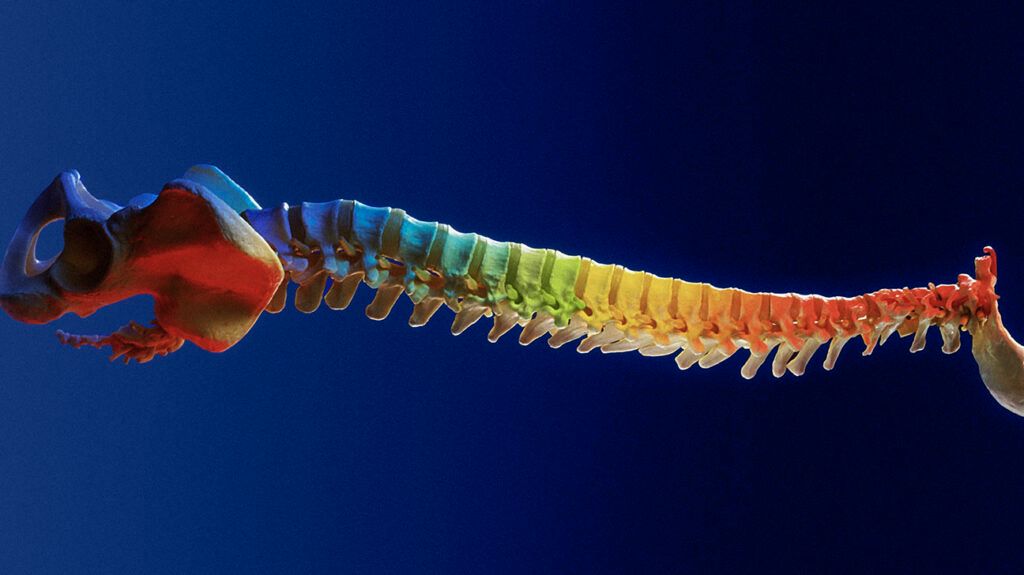
5. Acupuncture
Acupuncture is an ancient Chinese medicine technique that involves the insertion of thin needles into specific points on the body. This can help stimulate the body’s natural pain-relieving mechanisms and reduce symptoms of lumbar spinal stenosis. Acupuncture is often used as a complementary therapy alongside other treatments.
6. Heat and Cold Therapy
Applying heat or cold to the affected area can help reduce pain and inflammation. Heat therapy, such as warm baths or heating pads, can relax muscles and improve blood flow. Cold therapy, such as ice packs, can reduce swelling and numb the area to alleviate pain.
7. Lifestyle Modifications
Making certain lifestyle changes can help manage the symptoms of lumbar spinal stenosis and improve overall health. Some recommended modifications include:
- Weight Management: Maintaining a healthy weight can reduce the strain on the spine and alleviate symptoms.
- Ergonomic Adjustments: Making ergonomic adjustments to workstations, such as using supportive chairs and maintaining good posture, can help reduce back pain.
- Activity Modification: Modifying activities to avoid prolonged standing or walking and incorporating regular breaks can help manage symptoms.
Dr. Vipin Garg and the KLM Group: Your Partners in Spine Health
Dr. Vipin Garg is a highly respected orthopedic specialist with extensive experience in diagnosing and treating spine-related conditions, including lumbar spinal stenosis. At the KLM Group, we are dedicated to providing comprehensive and personalized care to help individuals manage their symptoms and improve their quality of life. Our team of experts offers a range of services tailored to meet the unique needs of each patient. We can find some details about “Lumbar Spinal Stenosis Symptoms” in this blog.
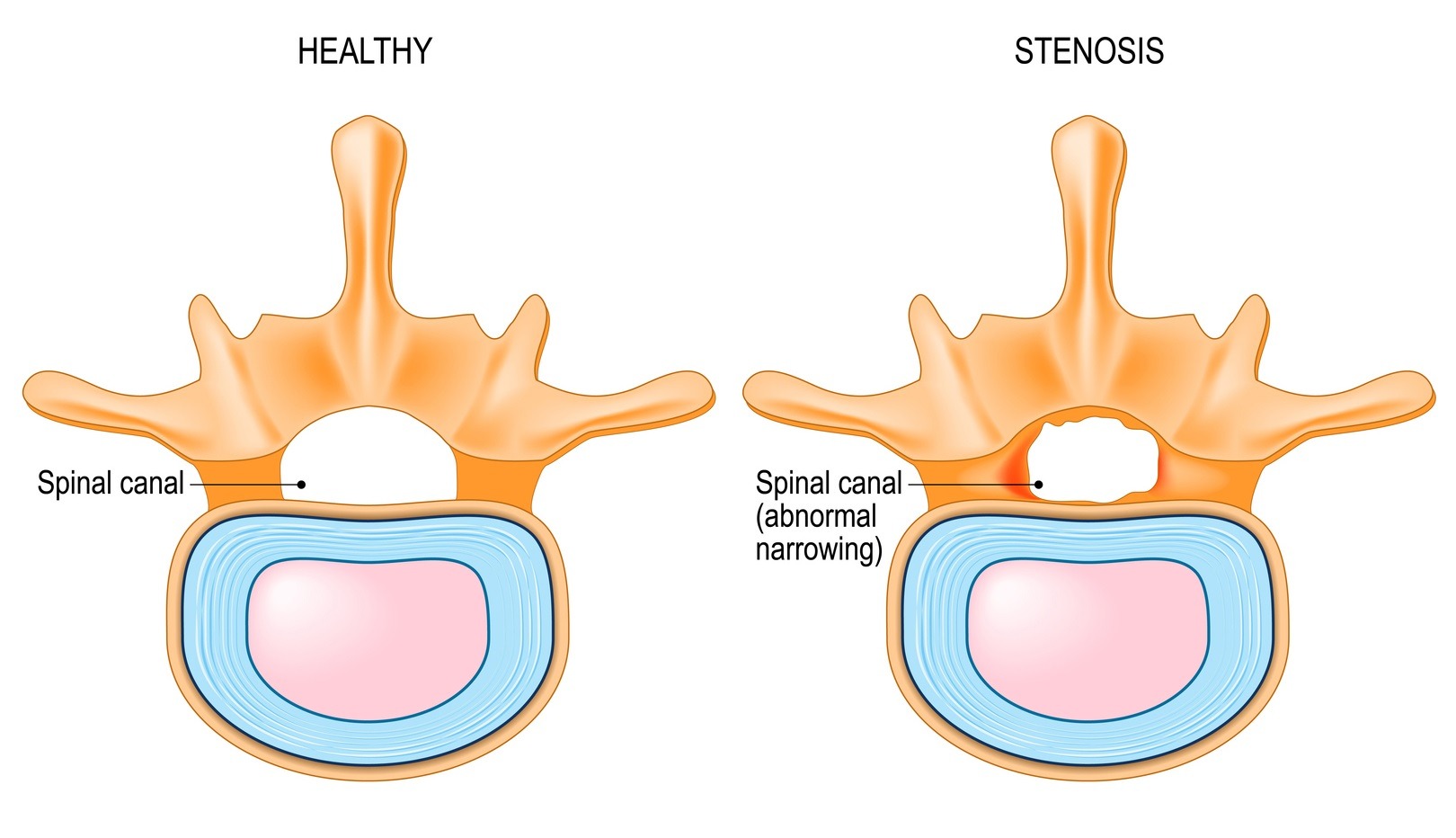
Services Offered by KLM Group
- Diagnostic Evaluations: Advanced imaging and diagnostic techniques to accurately identify the cause of symptoms.
- Physical Therapy: Customized rehabilitation programs designed to strengthen the spine, improve flexibility, and enhance mobility.
- Pain Management: Comprehensive pain management strategies, including medications, injections, and alternative therapies.
- Chiropractic Care: Non-invasive treatments to improve spinal alignment and reduce pain.
- Nutritional Counseling: Guidance on proper nutrition to support overall health and spine health.
- Patient Education: Resources and education to help patients understand their condition and make informed decisions about their treatment.
Conclusion
Lumbar spinal stenosis is a common condition that can cause significant pain and discomfort, but with the right approach, it can be effectively managed. Conservative treatment methods, such as physical therapy, medications, and lifestyle modifications, can help alleviate symptoms and improve the quality of life for individuals with lumbar spinal stenosis. Dr. Vipin Garg and the KLM Group are committed to providing expert care and support to help patients achieve optimal spine health. If you are experiencing symptoms of lumbar spinal stenosis, contact the KLM Group today for a consultation and take the first step towards a pain-free life. Address Link: https://g.page/r/CQ0WqKLEXPWeEAE Powered By Argusdna Also for the best, Orthopedic doctor and surgeon in Kolkata visit www.bonedoctorgautam.com
Contact KLM Group:
Book Your Consultation
Website: https://tinyurl.com/yyzvwmck
Email: info@klmgrou p.org
Ph: 0751-4000721,Mob: 7804826825
Address: 12, Saraswati Nagar, University Road, Near Silver Estate, Thatipur,
Let Dr. Vipin Garg and the KLM Group guide you on your journey to spine health and overall well-being.

